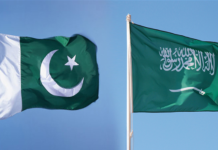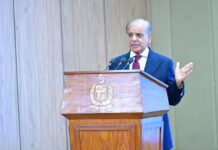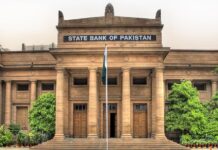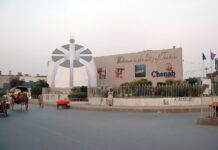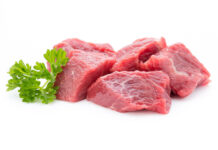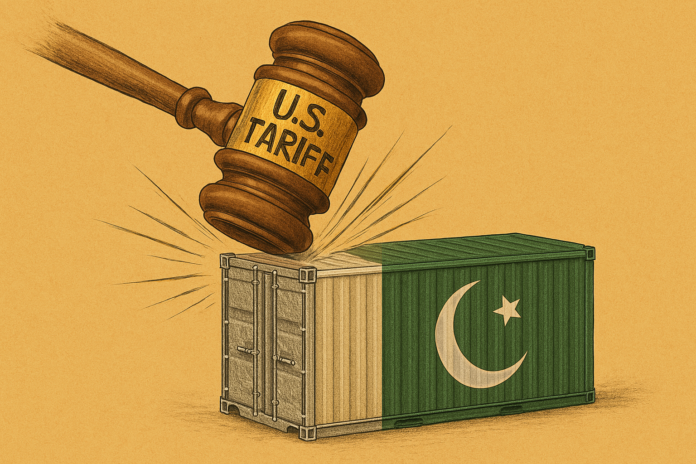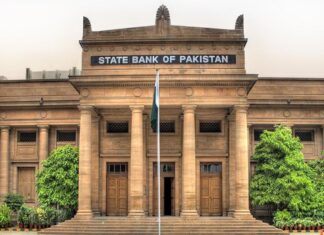Business community has urged the government to capitalise on the country’s competitive tariff advantage in the US by lowering production costs and improving the ease of doing business, particularly for export-oriented sectors.
They also recommended that Pakistan continue to negotiate with the US for further tariff concessions, particularly for key sectors such as textiles, leather, and food products.
Pakistan currently faces a 19% tariff in the US, which is relatively favourable compared to regional competitors like Bangladesh (20%), Vietnam (20%), India (25-50%, depending on the product), and China (up to 50%).
The Federal B Area Association of Trade and Industry (FBATI) said that while the new tariff rate is competitive, Pakistan’s high production costs may limit immediate growth in export volumes. The association emphasized the need to reduce input costs, especially utilities like electricity, gas, and water, to make Pakistani products more competitive in the US market.
Former president of the Karachi Chamber of Commerce and Industry (KCCI) pointed out that the new US tariff regime presents a unique opportunity for Pakistan to reshape its export strategy. However, he cautioned that countries like India would likely respond with subsidies and incentives to protect their exporters. He called on the government to implement similar measures to enhance Pakistan’s export competitiveness.
The Pakistan Hosiery Manufacturers Association (PHMA) suggested that Pakistan could benefit from the gap created by declining Chinese exports to the US. The PHMA proposed collaboration between Pakistani companies and Chinese investors, through joint ventures or partnerships in export zones, to strengthen Pakistan’s presence in the US market.
The business community also expressed hope that increased access for US firms in sectors like oil, gas, mining, and minerals could attract foreign investment and improve bilateral trade ties, potentially leading to more favourable tariff arrangements in the future.



